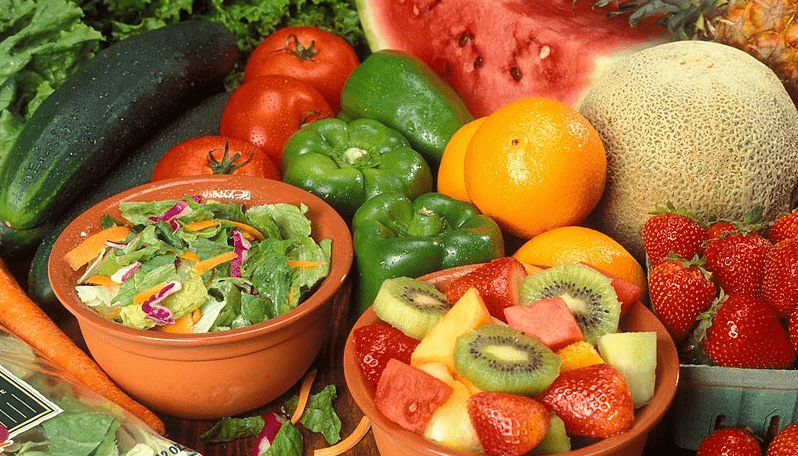By Eric Rumsey, Janna Lawrence and Xiaomei Gu
As we discussed in an article earlier this year, searching for nutrition in PubMed has improved greatly since NLM brought the subject together in one explosion (Diet, Food, and Nutrition). This ability to search the field of nutrition easily has helped in searching for plant-based foods [PBFs] in some ways. But in other ways, it’s still as difficult as it was when we wrote our 2013 article on the same topic.
The basic problem in searching for PBFs, just as it was before the addition of the new explosion, is that a large proportion of PBFs are not in the Food explosion, but are only in Plants, and not in Food. So the fact that Food is part of the new inclusive explosion doesn’t make it any easier to search for PBFs.
In addition to the fact that most fruits and vegetables are treated as plants instead of foods, another problem in searching for them is that almost all of them are put under their botanical, Latin names, that are not recognizable to most people. Here are some examples, all of which are in the plant-taxonomic branch of the MeSH tree:
- Kale is Brassica
- Sweet potato is Ipomoea batatas
- Plum is Prunus domestica
- Almond is Prunus dulcis
- Apple is Malus
- Cranberry is Vaccinium macrocarpon
- Strawberry is Fragaria
- Kidney Beans is Phaseolus
- Chocolate is Cacao
- Turmeric is Curcuma
If you’re searching for specific food plants, the Latin botanical MeSH terms are usually not a problem, because when you search for a common name, it’s mapped to the botanical MeSH term (e.g. if you search for Grapes, it maps to Vitis). The problem comes if you want to browse the Plants explosion to pick out the edible plants from the many plants that are not edible, because only the botanical names are listed. The Rose family (Rosaceae) of plants, for example, has several edible species within it. There are 19 genera listed in MeSH in the family, and 6 of them have edible species. But to find them, you have to be able to pick out the genera with edible species (e.g. Malus, Prunus) from the others (e.g. Agrimonia, Alchemilla).
If you’re interested in learning about how to search for PBFs in PubMed, see our companion article, which includes an updated “search recipe,” or hedge.
[Image above is public domain, from WikiMedia]
